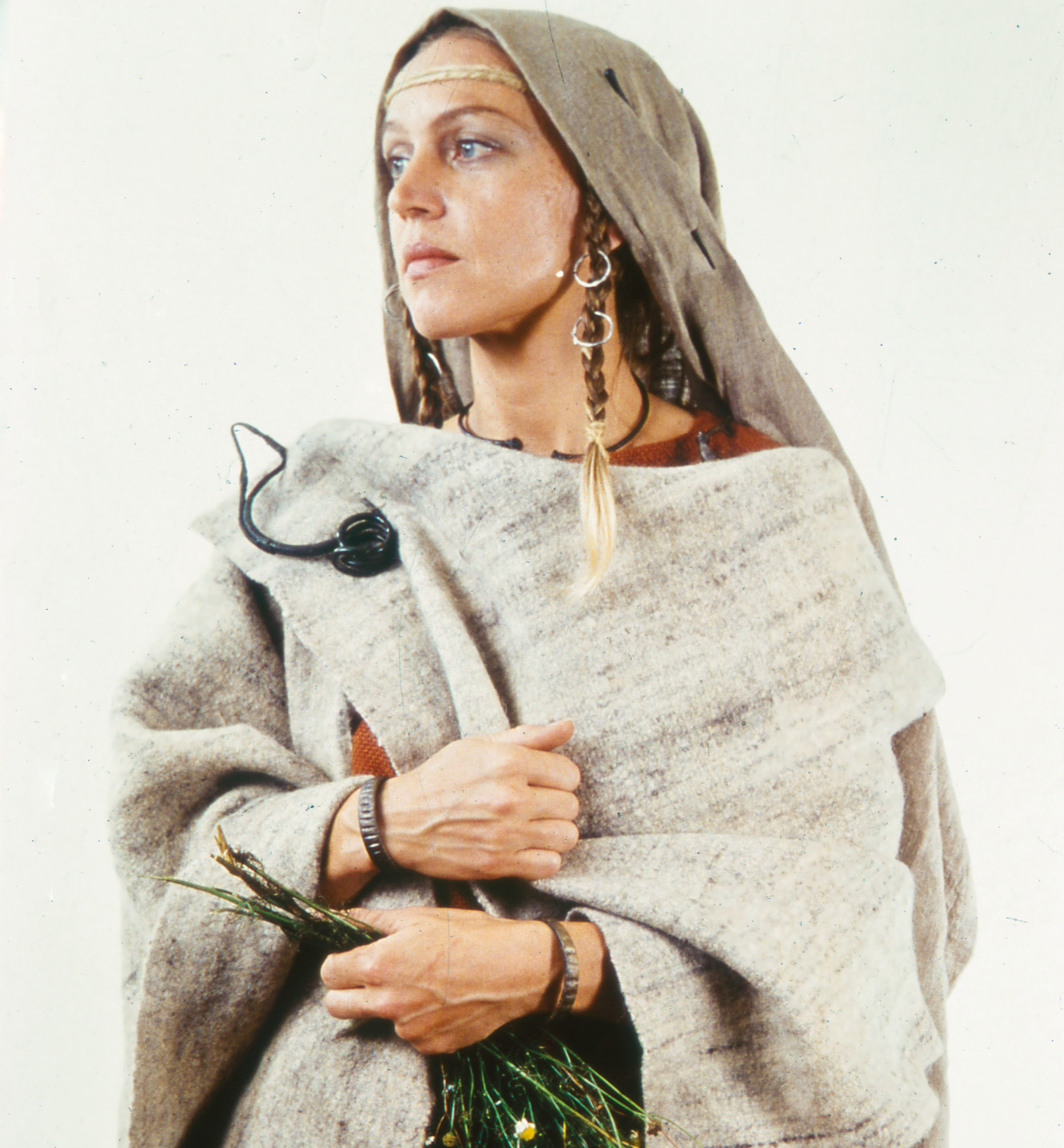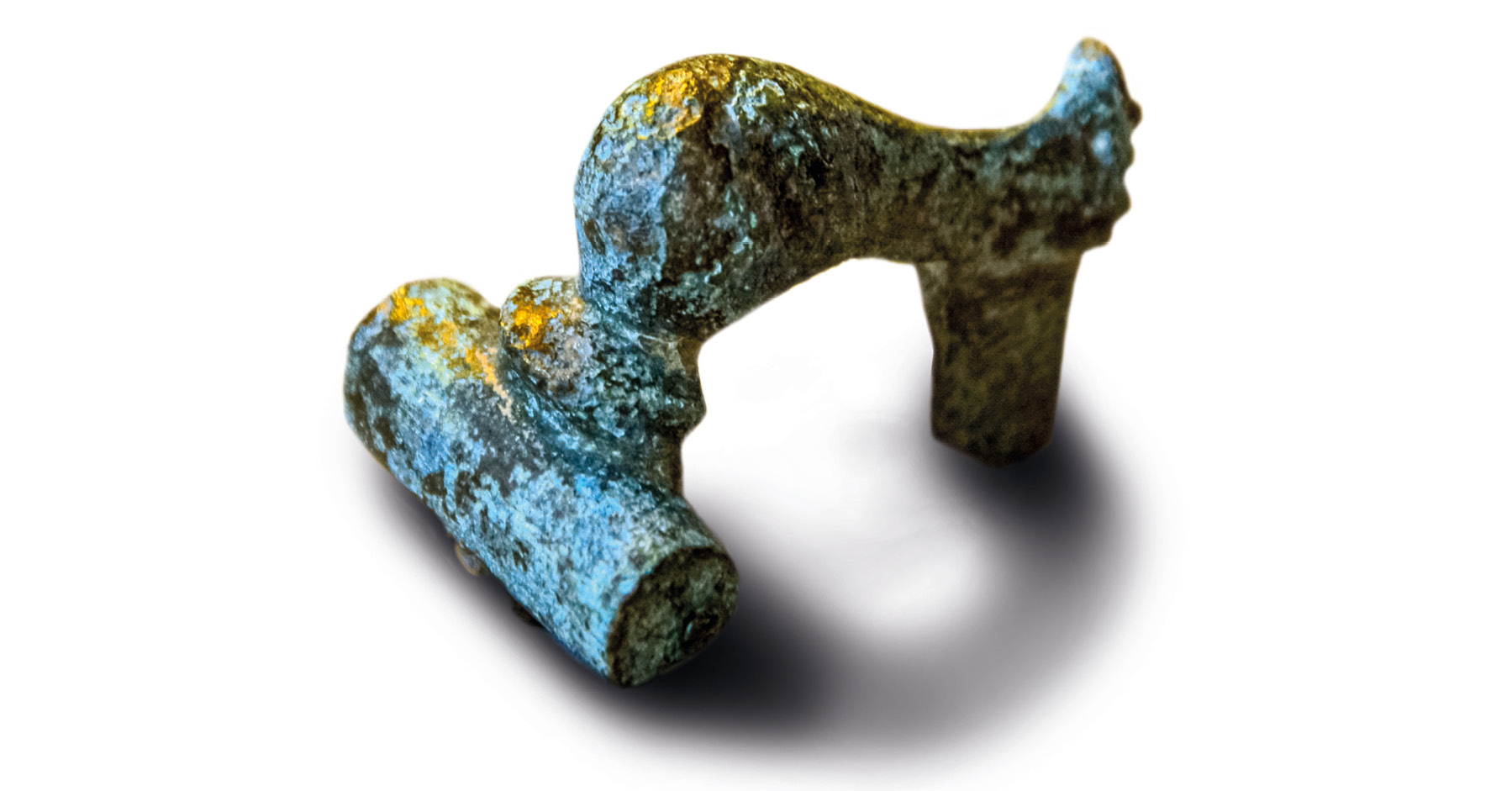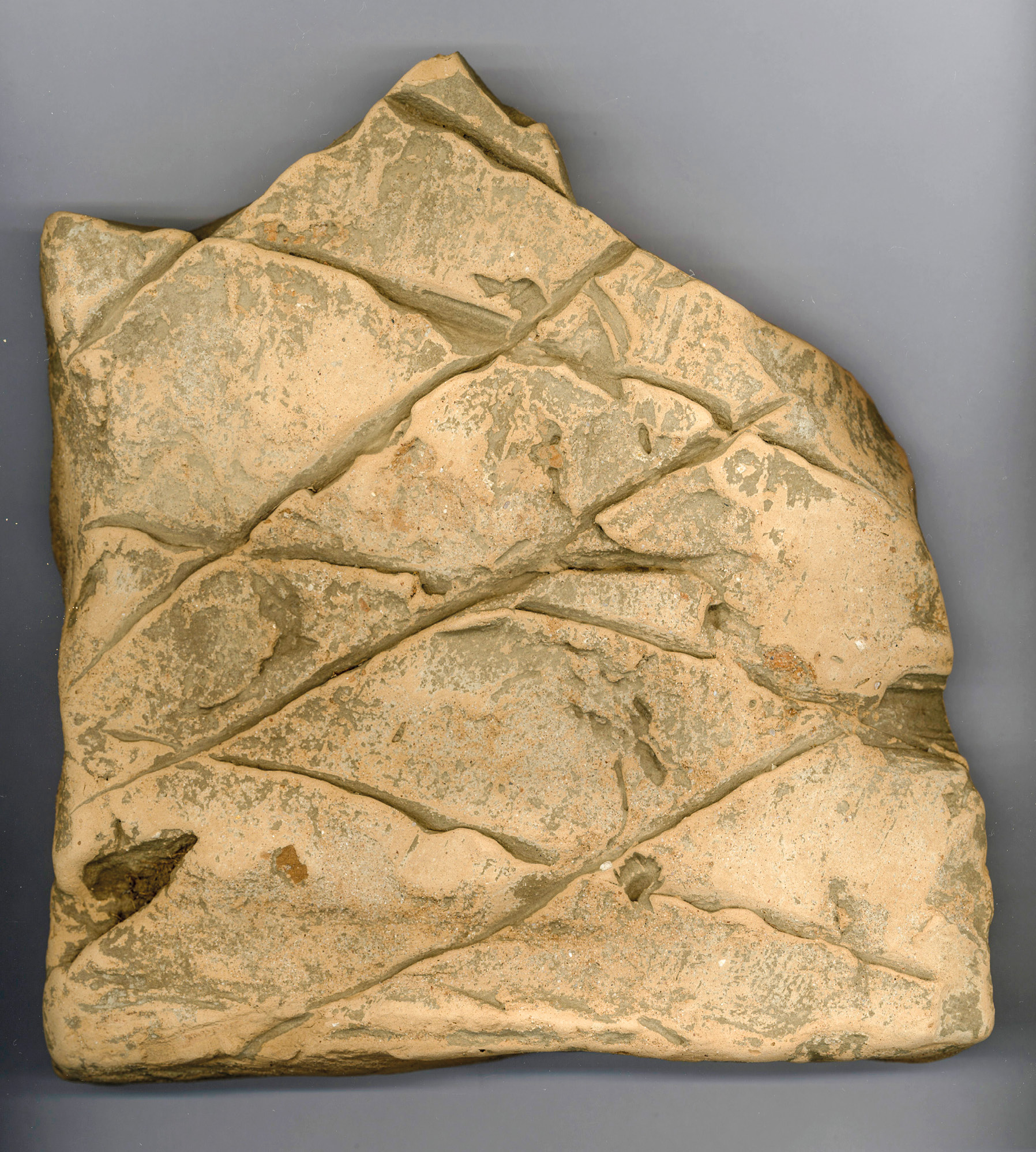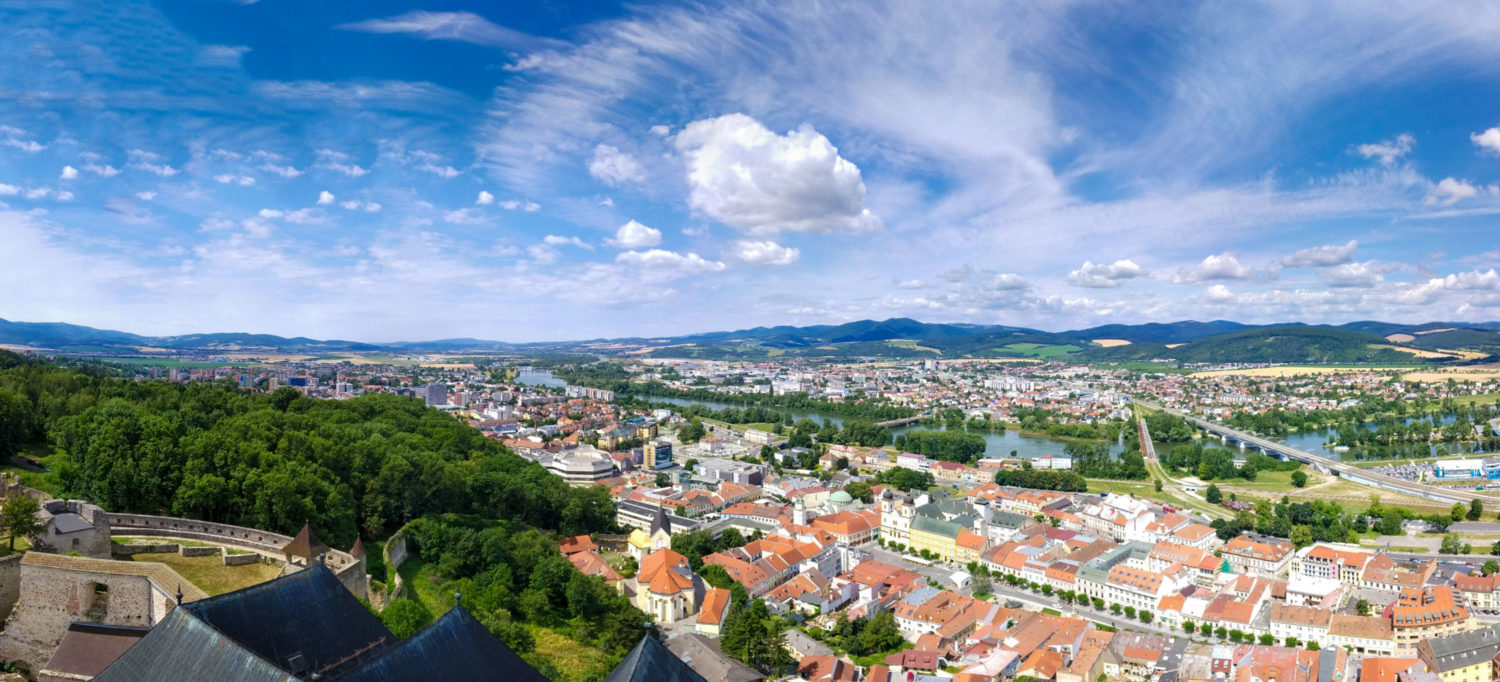Our ancestors lived in the fortified hillfort, in the area of today’s Cherry Orchard, and probably in the surroundings of Brezina around the turn of the millennium and for another more than 1,200 years. The last evidence of activity on the site of the fortified hillfort dates back to the 12th or 13th century AD.
Celtic legacy in our genes
The Celts arrived in Považie (Váh region) around the 2nd century BC. Even though their actual presence in the area of today’s Trenčín has not been proven, their culture and traditions intertwined with the culture of the original inhabitants and gave rise to the original Púchov culture. What they left behind are the fragments of pottery in the Cherry Orchard, bronze artefacts on the castle hill and a golden Celtic coin in the lower courtyard of the castle.



Did Roman legionaries camp in Brezina?
Brezina is one of the potential places where Roman soldiers could spend winter in 179, leaving us an inscription on the castle rock. Several artefacts from those times were found on the territory of today’s Trenčín. Apart from a Roman garment buckle, coins from the Marcus Aurelius period were also found. A few of them were even found scattered on the ridge of Brezina as if their owner had had a hole in their pouch. Although a Roman brick was found on Brezina, the building remains of the camp have not been found to this day. The site of the camp location remains a mystery.


Slavs and the Hungarian state
The settlement in the Cherry Orchard was inhabited also during the period of Great Moravia and just after its fall around the 9th or 10th centuries AD. However, only a few finds were found. The last inhabitants with a permanent address at “The Hillfort, the Cherry Orchard” lived here in the 12th and 13th centuries during the period of the Hungarian state. At that time, however, the castle began to emerge on the castle rock, so the people gradually abandoned the settlement, which eventually disappeared.

Why aren’t there more findings?
Indications suggest that our beautiful and massive castle could be a possible cause. Its palaces and fortifications were built and rebuilt from the 12th to 18th centuries. On the one hand, medieval builders created a picturesque area, but on the other hand, it most likely resulted in the irreparable destruction of most of what had been left from earliest history. As the castle gradually expanded, new building and fortifications were superimposed on the older ones. A major intervention in the terrain not only inside the castle but also in the Cherry Orchard was the construction of a massive southern fortification, during which large layers of soil from the Cherry Orchard hill were levelled off. Thus, the old artefacts which might have been hidden underneath probably disappeared.
So far, only a small part of the territory has been surveyed. Therefore, there is a possibility that the most interesting findings are yet to be discovered. The Cherry Orchard has been protected as a national cultural monument since 1963.
Resources:
- Vlastivedná monografia Trenčín 1, Museum of Trenčín, Historická revue 4/2018 (journal)
Pictures:
- Picture 1: Archaeological Institute of the Slovak Academy of Sciences
- Pictures 2 – 5: From the Museum of Trenčín collection
- Picture 6: photo: Jaroslav Somr




